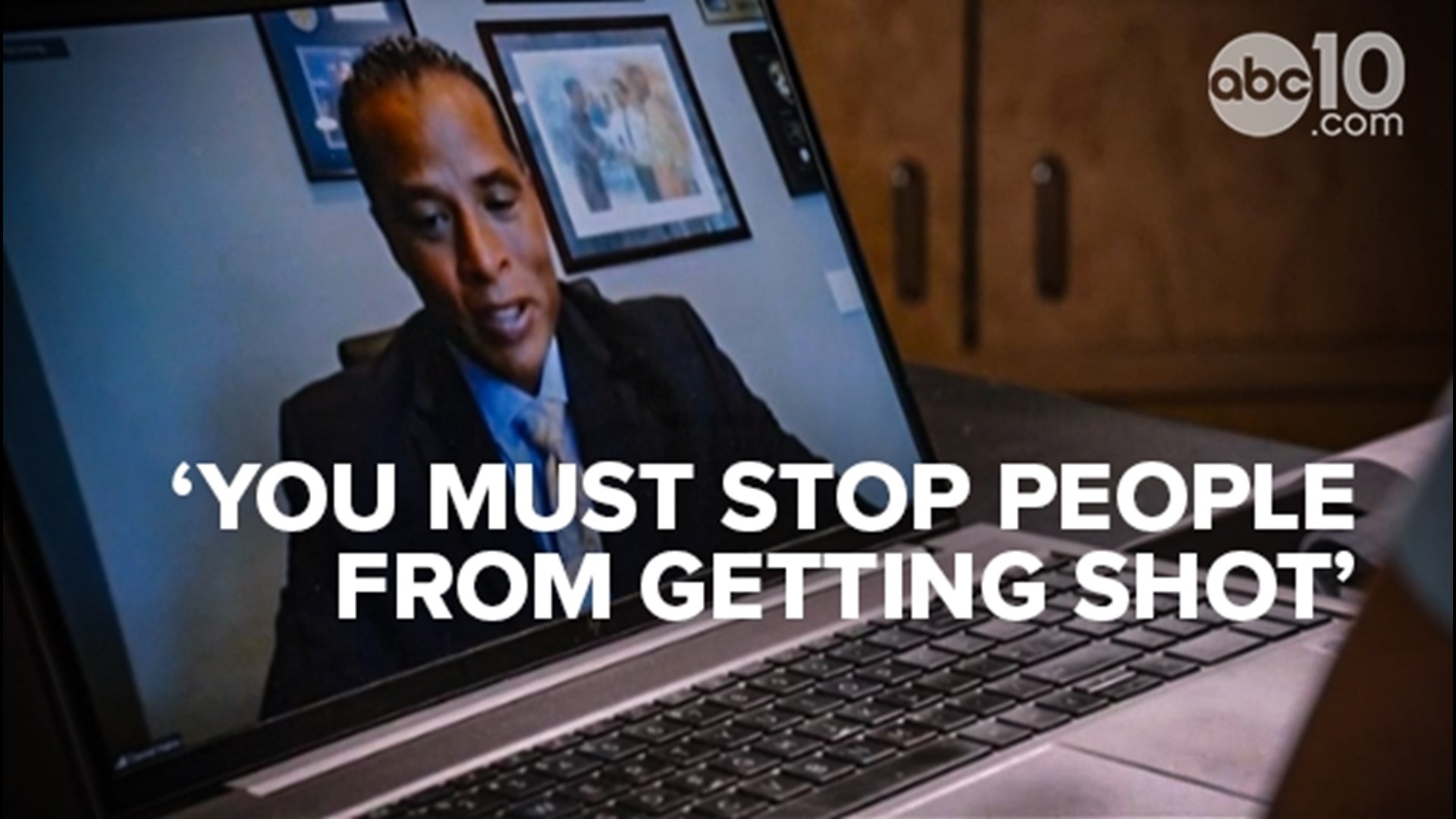UVALDE, Texas — As more details come out of Texas, they raise tough questions about how police responded.
In a news conference, state troopers described a one-hour delay in confronting the man who killed 19 kids and two teachers. That fact flies in the face of what police have trained for nationwide for the past two decades.
Officers got there four minutes after the gunman hopped the fence at Robb Elementary School, according to Texas state police, but then, they waited. Officials said they didn't make entry because they received gunfire and needed specialty equipment and personnel.
"The initial officers, they receive gunfire. They don't make entry initially because of the gunfire they're receiving, but we have officers calling for additional resources," said Lt. Chris Olivarez, with the Texas Department of Public Safety, at the news conference.
About an hour later, the U.S. Border Patrol tactical teams arrived. That is one hour when the gunman had complete control of the room where he ended 21 lives. An hour that state police repeatedly referred to as a “negotiation.”
"Our training... is an active shooter is described and defined as somebody who is actively trying to kill people, and when we have an active shooter, we keep going until we stop that threat. That's the training. That's the practice. That's the discipline," said Hector Alvarez, a security consultant.
The former police chief of the Sacramento Police Department also agrees.
"It's pretty universal, and we definitely train that here in Sacramento," said Daniel Hahn.
Hahn said that, decades ago, police were trained to wait for the SWAT team to handle active shooters.
"But once Columbine happened, all of our training, really across the country changed, and the training was you must go in whether you have one or two or three officers there. You must try to stop people from getting shot," Hahn said.
State police in Texas pointed out this didn’t happen in a big city.
"I've trained with departments that have one or two people. I've trained with departments that have thousands of people, and it's the same message. It's the same message. We learned. We got it so wrong in Columbine that it has been ingrained in us to go in," Alvarez said.
"Collectively, we are coming to put that person down to stop hurting other people. That's the training. That's the experience. That's what we do. If it sounds repetitive, it's because it's been drilled into us. That's what we do," he added.
Texas authorities also said the shooting slowed down, but even so, Hahn said people could still need medical attention in those situations.
There is still more facts to be learned about the one-hour gap, but the fact that there was one is enough to raise the question: How many lives in that classroom could have been saved?
WATCH ALSO:

















